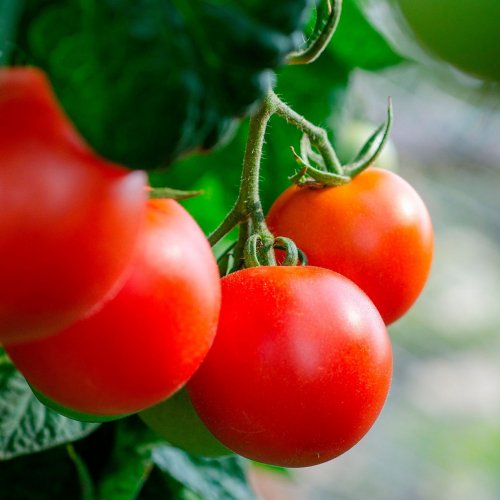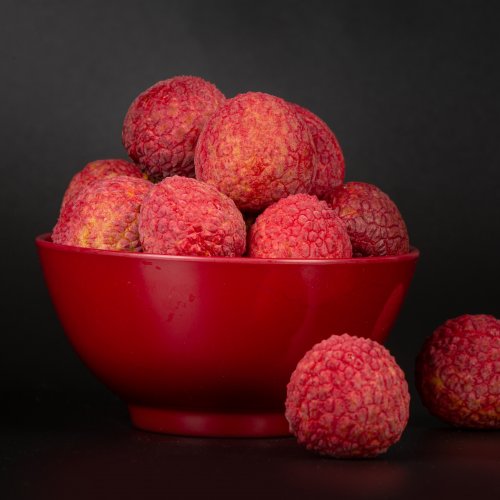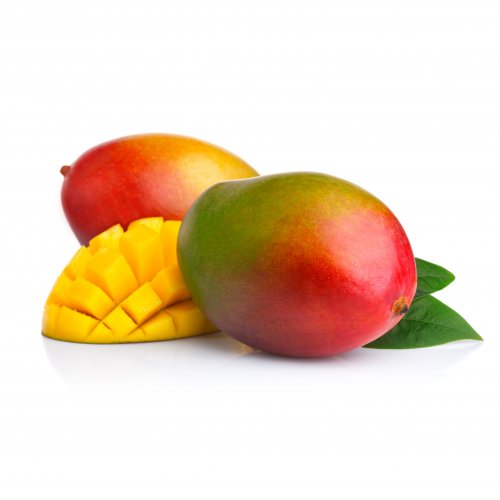Quiz What’s Growing in the Bed? Guess from a Picture!

Free online printable quiz with multiple-choice questions (MCQ) without registration.
The garden and the vegetables and fruits grown in it give us great pleasure. They are much tastier and healthier than purchased, they have more vitamins and other useful elements. And the process of growing them has a beneficial effect on our nervous system.
The Quiz "What’s Growing in the Bed? Guess from a Picture!", which we invite you to take today, consists of questions of varying difficulty. Each one has a picture and a hint. Test your knowledge!
Test yourself
Found a mistake? Select it and press Ctrl+Enter
For each question choose one of the multiple answers then click done to check your results.




